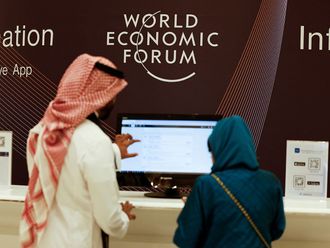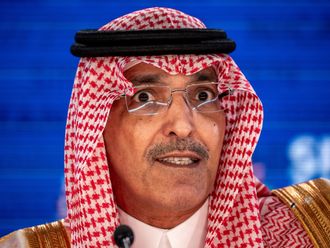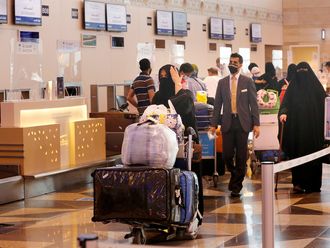
Mumbai: India's headline inflation accelerated faster than expected to 10.2 per cent in May over last year, as inflation spreads from food and fuel to core manufacturing prices, government data showed yesterday.
High food and fuel prices have plagued India for months, but yesterday's data showed that manufacturing prices are also rising fast, thanks to a robust industrial rebound and strong domestic demand, adding to pressure on the central bank to hike rates sooner rather than later.
Food inflation remained a stubbornly high 16.5 per cent in May, the Ministry of Commerce said.
Fuel and power inflation came in at 13.1 per cent and manufacturing inflation — a key measure for central bank policymakers — was 6.4 per cent, slightly off April's 6.7 per cent.
The ministry also raised its inflation estimate for March to 11 per cent from 9.9 per cent. April inflation was 9.6 per cent and has not yet been revised.
Political issue
Inflation is quickly becoming a political issue in India, where opposition groups have staged protests over runaway food prices.
The ruling Congress Party coalition would also like to push through a controversial measure to eliminate costly fuel subsidies, but rising prices have made that politically difficult.
India's industrial output has enjoyed double-digit growth for seven straight months, as strong investment activity returns Asia's third largest economy to pre-crisis levels of growth.
Iron and steel prices were 20 per cent higher in May than a year ago, the government said, promising to further squeeze automaker margins.
Surprisingly, prices in export-oriented items, like cotton textiles — which spiked 20.7 per cent — and wood products — which rose 8.8 per cent — have also been under pressure.
The central bank now faces a complex situation. Even as inflation spreads, domestic liquidity is under acute temporary pressure because of advance tax payments and telecom companies paying out for third generation and wireless spectrum.
HDFC Bank calculates that, taken together, those payments, including advance tax, total up to Rs1.5 trillion (Dh116.4 billion). Most of that will be funded by banks, as India still doesn't have a deep corporate bond market.
Economists say the liquidity crunch will make it hard for the central bank to further raise key interest rates before its July meeting, no matter how much policymakers might like to tame inflation.
HDFC Bank expects the Reserve Bank of India to raise key rates by 25 basis points each in July.












